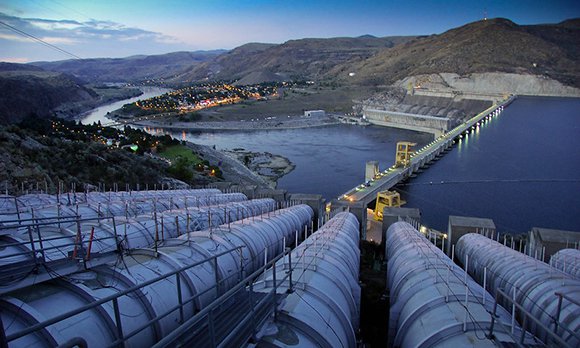
Electricity does more than keep the lights on in the Pacific Northwest. It literally powers our economy. The absence or presence of an adequate electricity supply can either curtail or facilitate economic growth. In the worst extreme, an inadequate electricity supply can affect public health and safety, as in a blackout. Fortunately, such events are rare and when they do happen are most often caused by a disruption in the delivery of electricity (transmission lines), not the supply. However, there have been times – during extreme cold spells or heat waves – when the supply has been tenuous.
Adequacy refers to having sufficient resources to serve loads. In determining adequacy, the Council uses sophisticated computer programs (such as GENESYS) that simulate the hourly operation of the power system over many different futures. Each future is simulated under a different set of unknown parameters, such as water supply, temperature, wind and solar generation and thermal resource performance. The current Northwest standard calls for the power supply to have sufficient resources (both generating and energy efficiency) to limit the likelihood of a shortfall to no more than five percent during a future year. The power supply must have sufficient capability to protect against both cold snaps in winter and heat waves in summer. To measure adequacy, the Council has adopted the loss of load probability (LOLP) metric, which measures the likelihood of at least one shortfall occurring in a future year. It is calculated by dividing the number of simulations with shortfalls by the total number of simulations studied. For the power supply to be deemed adequate, that ratio or LOLP must be 5 percent or less.
Every year the Council assesses the LOLP for conditions five years into the future. The purpose of the annual adequacy assessment is to provide an early warning should resource development not keep pace with demand growth. Power supply adequacy is assessed assuming only existing generating resources, planned resources that are sited and licensed and targeted energy efficiency savings (as defined in the Council’s power plans. When the power supply is deemed to be inadequate in a future year, regional utility resource plans are examined to ensure that sufficient resources are being considered for acquisition.


